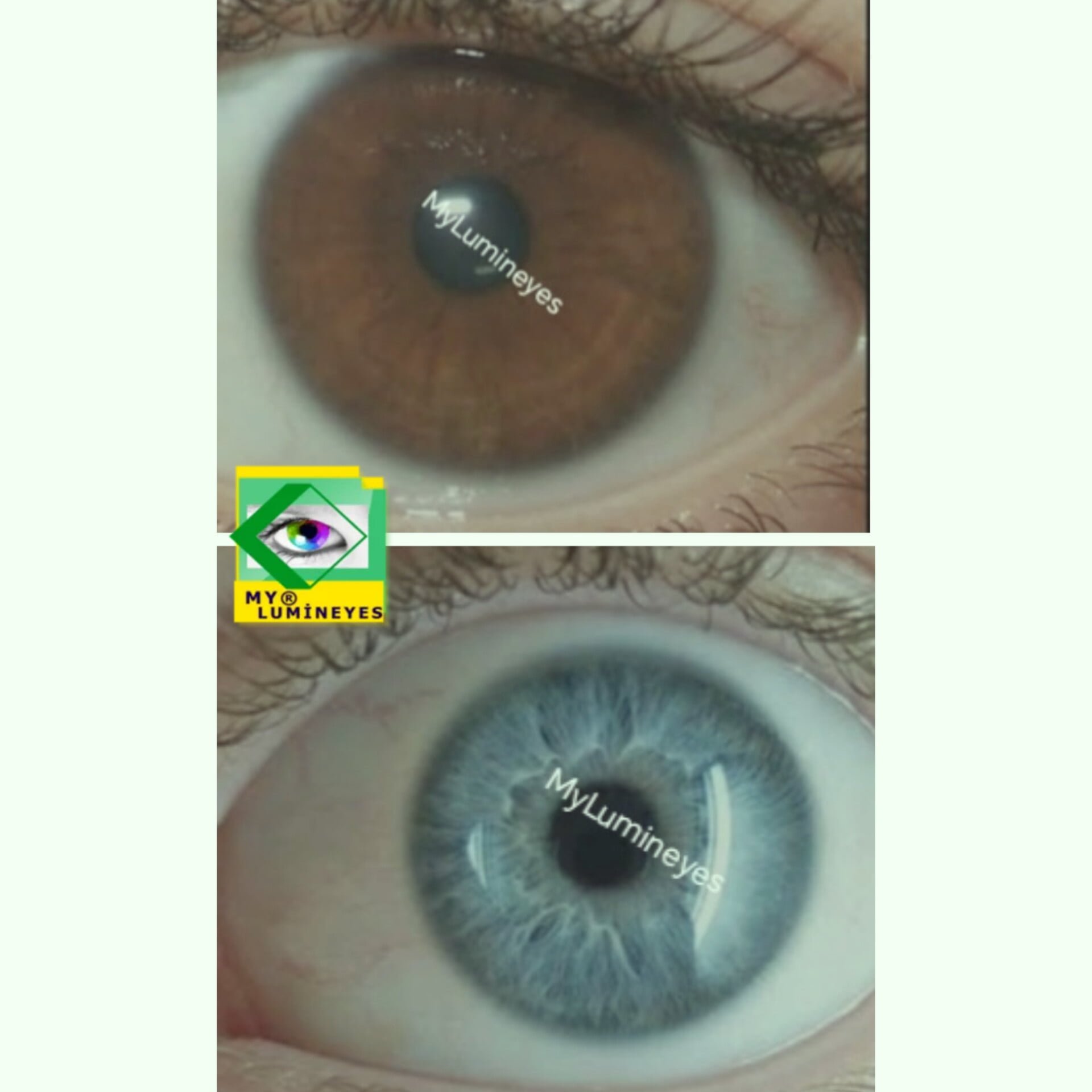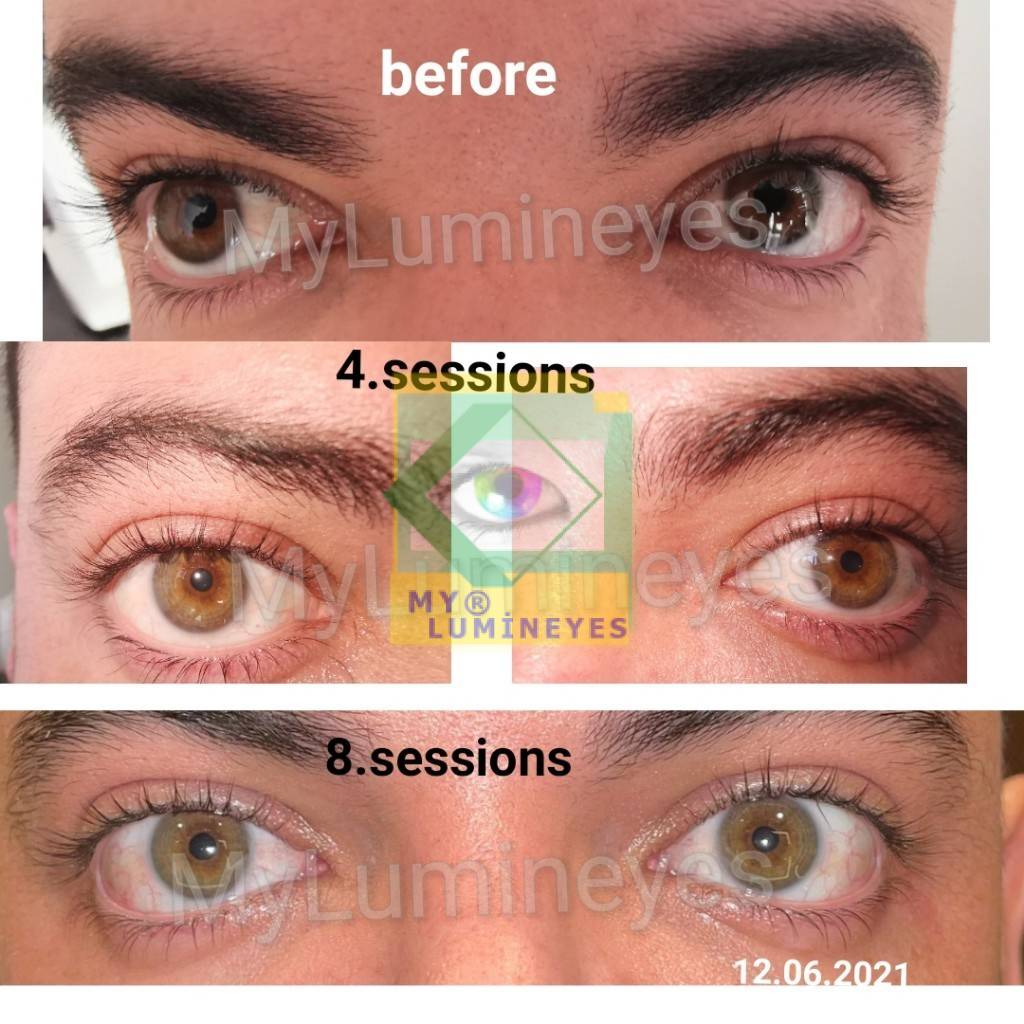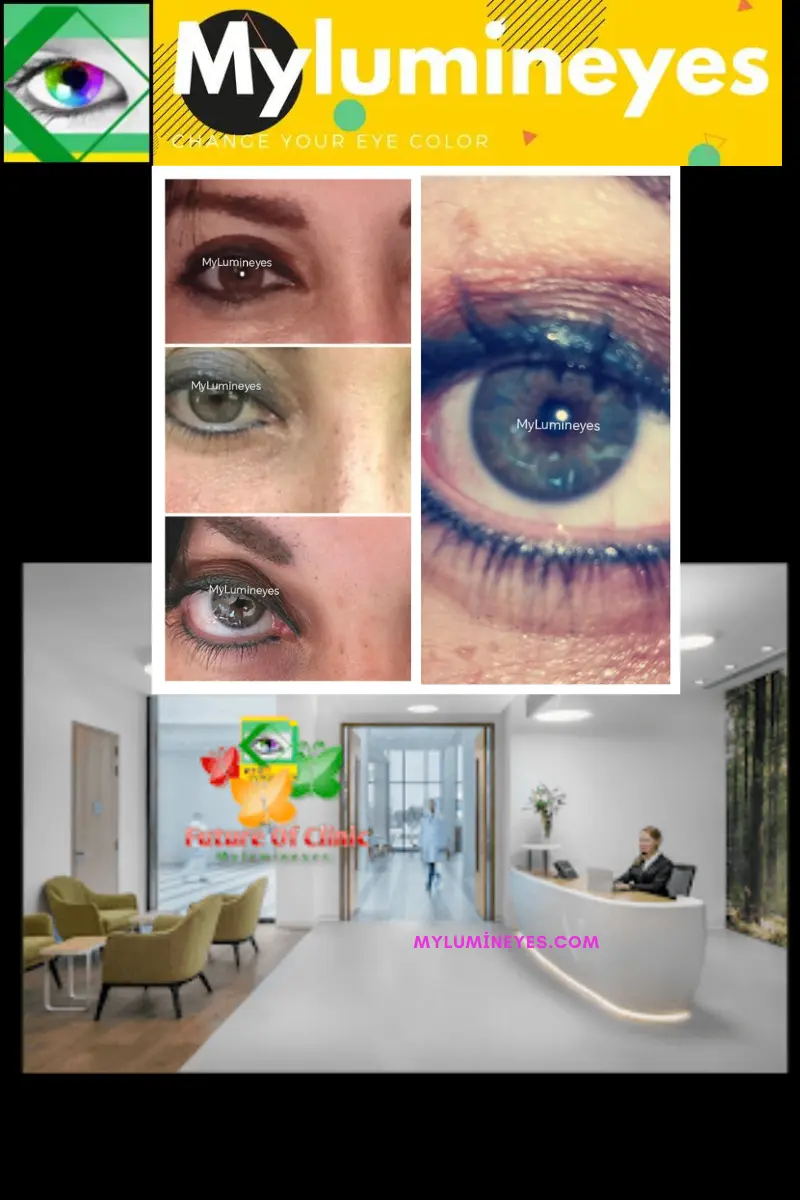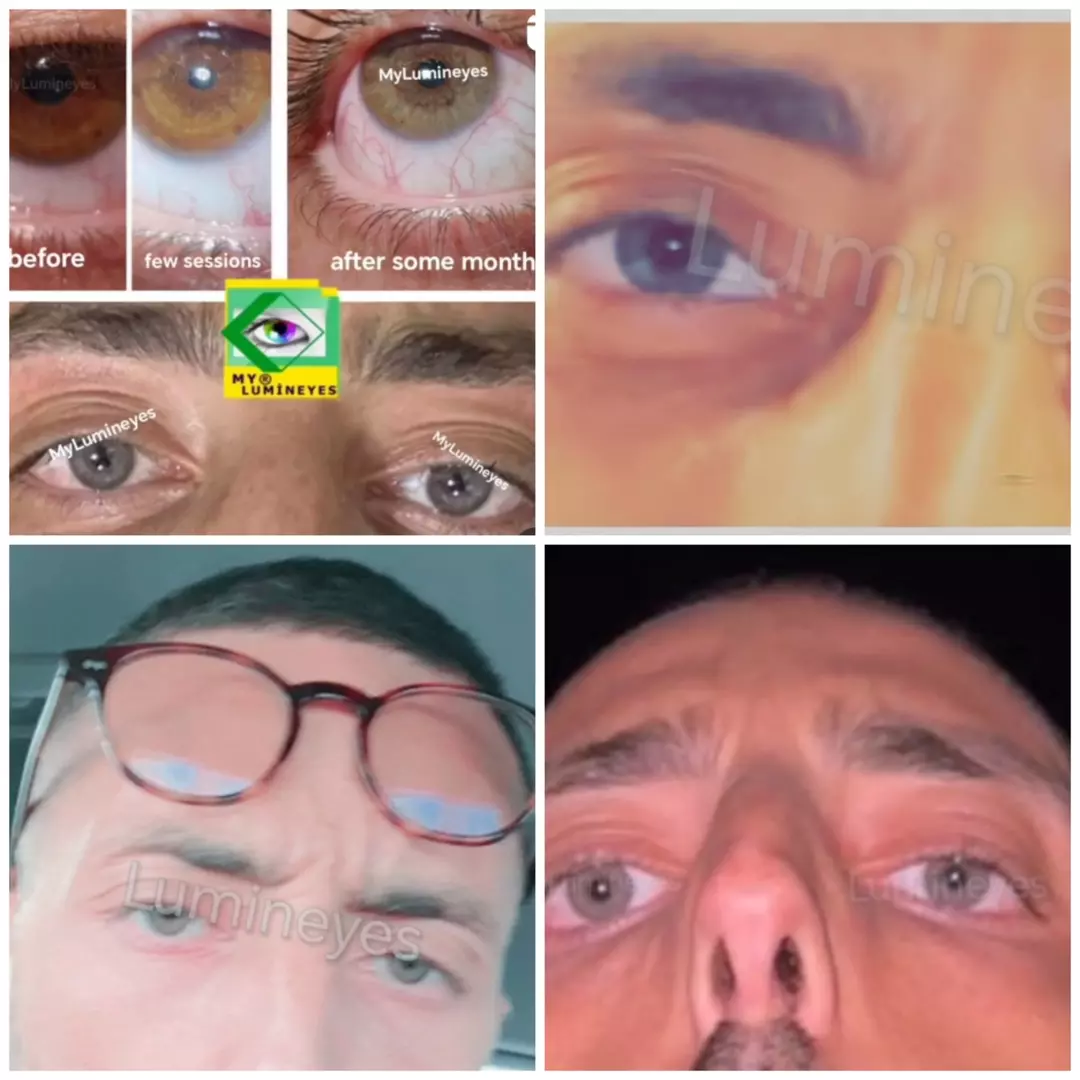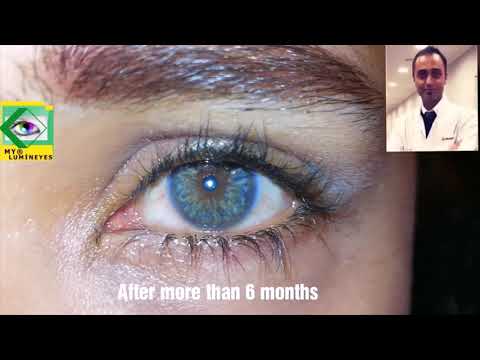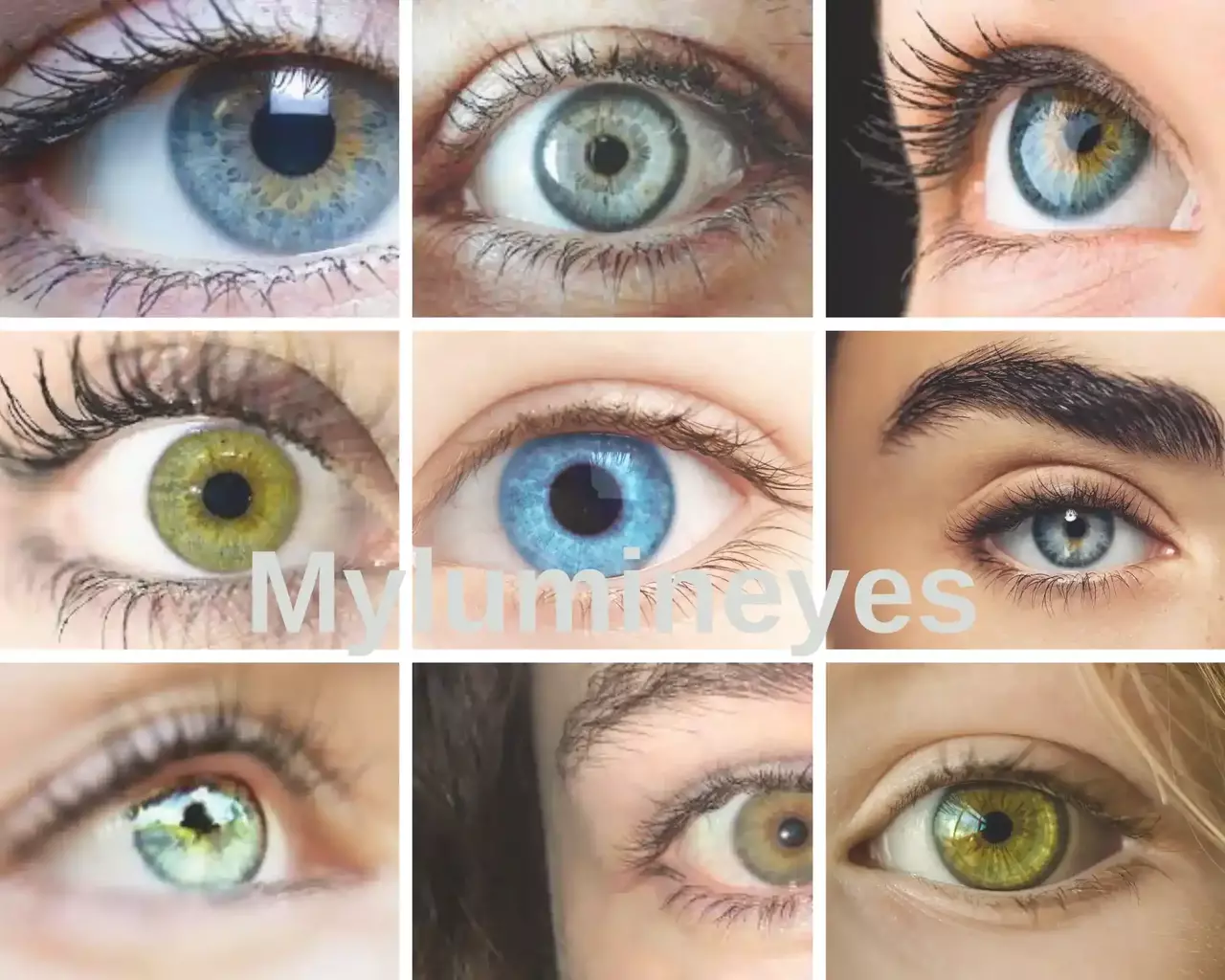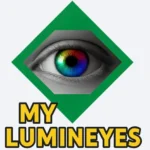What is a smart lens? What are trifocal intraocular lenses? Mojo Smart lens
Trifocal lens ,Smart lens we are in great development. Health technology is advancing rapidly, and advances in this technology are also reflected in positive results in the treatment of eye diseases. So what are trifocals, in other words, trifocal lenses or intraocular lenses? How is Panoptix trifocal lens surgery performed? What is a smart lens? Whom is the smart lens applied to? what is Mojo Smart Contact Lens ? Why mostly we choose panoptix trifocal lenses ?Also we will look deeply for trifocal lens surgery cost in Turkey.
Health technology is advancing rapidly, and advances in this technology are also reflected in positive results in the treatment of eye diseases.
So what are trifocals, in other words, trifocal lenses or intraocular lenses? How is intraocular trifocal lens surgery performed? cost of trifocal surgery ? What is a smart lens? Whom is the smart lens applied to?
What does the eyepiece do? “Lens and “eyepiece” mean the same thing. The lens in our eye is one of the most important parts of the crystal-clear image that allows it to enter the eye. The rays coming into the eye first pass through the cornea layer of the eye and then pass through the lens and fall to the focal point. The lens can move.
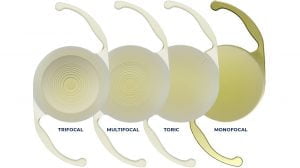
What is the definition of trifocal intraocular lenses?
These are the lenses that are surgically placed in the eye by performing a special treatment on the lens that allows the patient to see far, medium, and close distances comfortably, thus eliminating the use of glasses. These lenses are also known as smart lenses.
For which ocular problems are trifocal lenses suitable?
Trifocal lenses are the preferred choice for treating cataracts. Furthermore, those above the age of 40 who have a preference against using both far and near glasses or solely rely on close glasses will give higher importance to undergoing this surgical procedure.
The Mojo Smart Contact Lens is characterized by the company as the smallest and most compact dynamic display ever manufactured.
Mojo Smart Contact Lens provides important information while you are engaged in an activity without disrupting your attention or flow. Mojo smart contact Lens, the world’s first Invisible Computing gadget, provides information only when it is required. It is never an impediment. And it allows you to look like yourself wherever you go during the day.
A working prototype of the lens is currently available, and development is ongoing. The pixel range of animated text and graphics placed on the user’s real-world vision exceeds 14,000 ppi (pixels per inch). It also has a pixel density of more than 200 million pixels per inch (pixels per square inch).
If the mojo smart contact lens is used, it will also help patients who have visual loss due to macular degeneration (yellow spot illness) and other conditions.
Inside the mojo smart contact lens, there’s also “the world’s most power-efficient image sensor tailored for computer vision,” a radio transmitter/receiver, and motion sensors that follow the user’s eye movements while also stabilizing the MicroLED display.
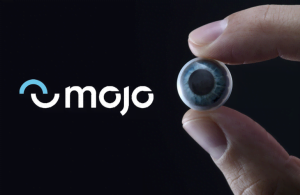
Is it true that every patient who has trifocal lenses no longer requires glasses for far away, near, and intermediate distances?
Yes, the need for glasses is eliminated in our patients with panoptix trifocal lens application. In fact, in patients with astigmatism greater than 2 (for example, number 5 astigmatism), astigmatism is completely eliminated by producing a patient-specific lens. Therefore, more than one refractive error is corrected in a single operation.
Will there be a need for glasses again in patients who underwent trifocal intraocular lens surgery?
This is a question frequently asked by our patients, and they wonder whether they will use glasses again in the future. Since the lens put into the eye is an artificial lens, the patient’s eye number does not change. In short, our patients who have this surgery get rid of their glasses permanently. Also,Trifocal lens surgery cost in Turkey is affordable.
What should be done before the operation?
First of all, our patients undergo a complete eye examination. Then, we determine the number of the lenses to be used in the patient’s eye with the device that detects them without touching the eye. This method, which we have used in our hospital, ensures that the trifocal lens surgery is healthier. In the measurements made by touching the eye, the margin of error is quite high.
What are the features of the Panoptix Trifocal lens to be used? and the costs?
The trifocal lens to be used must first have the (CE) European Standards Certificate. Reliable lenses, which are used frequently and known to have good results, should be selected. In addition, it should be inserted into the eye through the 2 mm incision we made at the beginning, through a special injector. (When the lens in the eye forms its own form, its length should be 13 mm and its width 6 mm.)
Dr. Mustafa Mete uses only high-quality FDA-approved smart lenses in his surgeries.

How is smart lens surgery performed?
Smart lenses do not have the plug-in phenomenon as in contact lenses. Smart lenses are intraocular lenses that are placed in the eye by specialist ophthalmologists. So how is smart lens surgery done? Smart trifocal lens surgery cost in 2022
Today, multifocal intraocular lenses have started to replace single-focal lenses. Because these lenses allow correction of visual disturbances from all angles, making vision as natural as possible. Multifocal lenses are designed in two different ways: bifocal or trifocal. Trifocal lenses, known as “smart lenses,” are the name given to trifocal lenses. When smart lenses are used in the eye treatment of patients, there is no need to use glasses after the treatment.
What is the smart lens that everyone is talking about these days?
Every person has a natural lens inside their eye, and this lens is both transparent and elastic. Thanks to its flexibility, with every near and far sight, this lens changes shape and focuses on the distance viewed. In this way, we can see both far and near clearly.
With advancing age, the natural lens in the eye first loses its flexibility, can no longer change shape and focus when looking closely, and loses its transparency at later ages, when cataracts occur. Our own natural intraocular lens, which loses its flexibility around the age of 40, is an interchangeable lens. An artificial lens called a “Smart Lens” is placed in place of our deformed natural lens. This new lens can now focus both far, intermediate, and close. Cataracts do not occur in the future in patients who are fitted with a Smart Lens (Intraocular Lens).
Who needs smart panoptix trifocal lens?
Patients over the age of 40 who have vision problems at a distance, near, or both and who have vision problems at intermediate distances are candidates for treatment. Each eye with a Smart Lens will be able to see both far and near by itself. For those younger than 35–40, if the eye number is too high to be corrected with laser, Smart Lens treatment can be applied.
People who have undergone eye laser surgery before may also prefer Smart Lens if they experience decreased vision due to deformation in the intraocular lenses and an inability to see far or near. If the person has cataracts, the Smart Lens is the first option.
How is smart panoptix trifocal lens surgery performed? Trifocal lens surgery cost
Each eye is subjected to a procedure that takes about 10 minutes on separate days. The eyes are numbed with eye drops. There is no general anaesthesia, stunning, or hospitalization. In the operation, the Smart Lens is attached to the lens socket inside the eye. After the surgery, the eye is bandaged, the patient goes home, stays with the eye patch overnight, and the next day the bandage is removed from the eye.
On the same day, the patient begins seeing the doctor.The same procedure is applied to the other eye within a few days.Undoubtedly, the cost of trifocal lens surgery is related to the lens used. In addition, the surgeon’s skill, operating room conditions, etc. will affect the cost of trifocal eye surgery.
Here’s some more information
The smart lens divides the image into far, near, and middle distances. They are lenses that provide uninterrupted vision for patients. Who needs smart lenses?
Panoptix trifocal lens can be inserted in patients with cataracts if there is no problem on the corneal surface. It is applied to patients over 50 years of age with hyperopia, patients with astigmatism, and patients with myopia. What is a smart intraocular lens and what does it do? Why are smart lenses preferred? Who wears smart lenses? How are smart lenses operated? Should these lenses be applied to all patients with near and farsighted vision problems?
What does a smart trifocal lens do?
Smart lenses, which have been frequently mentioned recently, provide great comfort to patients with vision problems. Intelligent intraocular lenses are multifocal intraocular lenses that provide near-distance (35–40 cm), medium distance (computer viewing distance of 55–60 cm), and long distance (infinite) vision. Patients can achieve high quality near, medium, and long distance vision without glasses thanks to smart intraocular lenses, a treatment named after the type of lens used in cataract surgeries.
Lenses, which have been preferred in cataract surgeries for almost 10 years, eliminate the lifelong vision problems of patients. Cost of trifocal lens surgery in Turkey is a bit expensive than bifocals.
Why are smart Panoptix trifocal lens or others preferred?
Smart lenses are an effective treatment to solve these problems for patients who have vision problems due to cataracts. This treatment is applied to patients who have cataract disease in their eyes and therefore need surgery. Smart lens surgery should not be thought of as a simple procedure.
The aim of smart lens treatment is to increase the visual quality of the patient as much as possible by applying an artificial lens instead of the congenital lens that has lost its function. Patients with smart lenses can read books, use computers, and watch television without glasses after surgery. Thus, the patient’s quality of life increases.
Who can get the Smart Lens?
Smart lenses can be applied to the vast majority of patients who have vision problems due to cataracts. In addition, smart lens treatment can be applied to people who do not have cataracts due to their young age but have severe hyperopia or who cannot have laser due to high myopia and want to get rid of their eyeglasses at an early age. In addition, people who have undergone laser surgery before may also prefer smart lens treatment if they experience deterioration in visual quality due to deformation in the intraocular lenses and an inability to see far or near.
How is the smart lens operated?
In the smart lens technique, which is completely cataract surgery, the same procedures are applied as in standard cataract surgery. In cataract surgery with the Femtosecond laser, the natural lens in the patient’s eye is removed and replaced with a lens that is suitable for the inner structure of the eye and will improve the patient’s vision. On the other hand, in smart lens surgery, on the other hand, instead of a standard lens, smart intraocular lenses (indicating near, middle, and far) are placed in the eye.
Should these lenses be applied to all patients with near and farsighted vision problems?
Smart lens therapy is a suitable treatment for patients who have visual impairment due to cataracts, who have very high hyperopia numbers due to this disease, and who have the problem of seeing far or near due to deformation in their intraocular lenses due to previous laser operations. However, it is not suitable to be preferred only for patients with nearsightedness problems.
In addition, smart lens applications are not preferred for patients with yellow spots, retina, strabismus, kerotoconus, advanced astigmatism, diabetes, advanced myopia, and corneal problems. Both bifocal and trifocal intraocular lenses are preferred today, considering the patient’s expectations, age, and eye structure, as monofocal (single focal), bifocal (bifocal), and trifocal (trifocal) smart lenses are placed in the eye.
Is smart lenses can change your eye color?
No! Smart lenses are designed for vision correction. Thats why they can can not change your eye color. Only a eye color change procedure can change your eye color.

